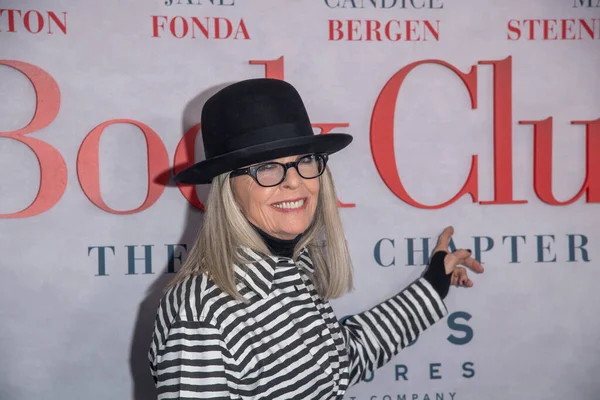
The death of Diane Keaton at the age of 79 emanated with the sort of shock that deposits even the most hardened movie buffs in a state of temporary disorientation. She was a presence in American movies for close to six decades a face, a laugh, and a personality that appeared integral to the very texture of the country’s cinema. What was a career for her but a moving repository of the ways in which women could inhabit the screen: complicated, independent, chic, and uncompromisingly herself?.
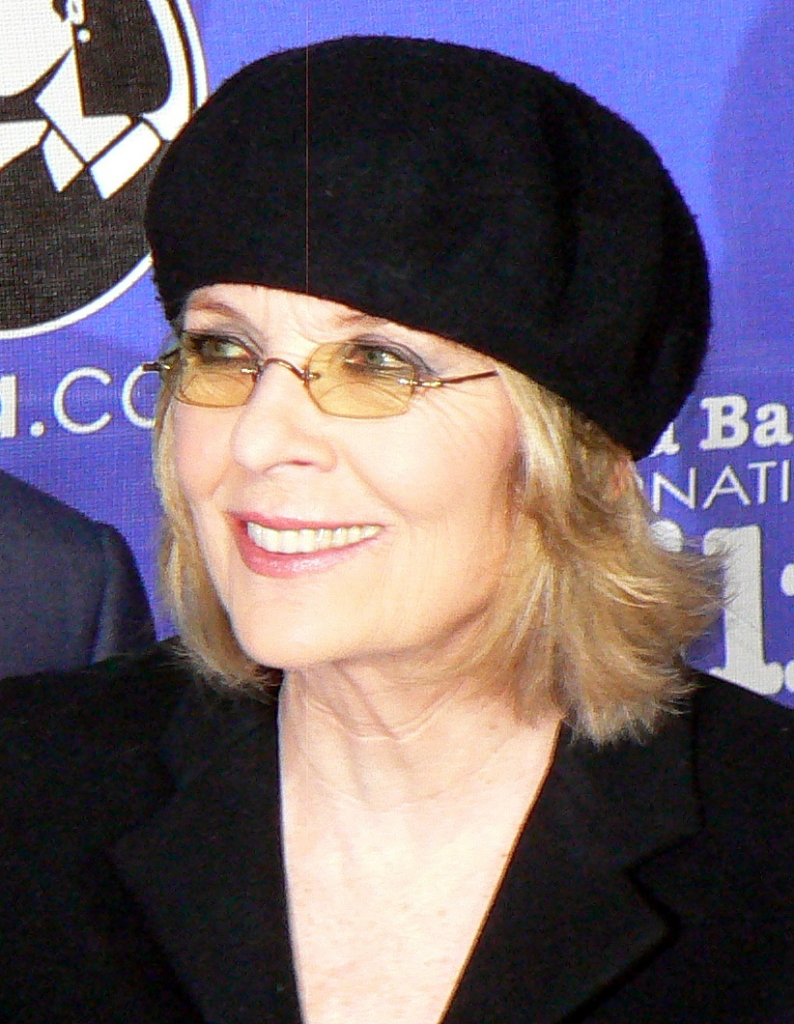
1. Los Angeles Beginnings and the Big Apple Stage
Born Diane Hall in Los Angeles in January 1946, Keaton spent her early years far from the inner circles of Hollywood. Her mother was a homemaker and photographer, and her father was in real estate and civil engineering. The early draw of performance led, after a year at college in Santa Ana, to the move to Manhattan. Actors’ Equity possessed a Diane Hall, so a new first name was adopted from the mother’s maiden name Keaton. She studied with the inimitable Sanford Meisner and discovered the liberty to “chart the complex terrain of human behavior in the safety of his guidance,” a grounding which would shape the style of her work.
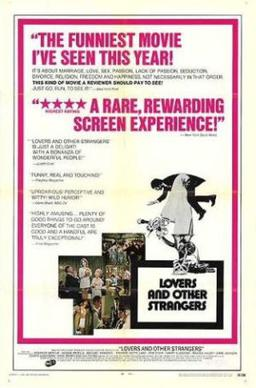
2. Breakthrough in ‘The Godfather’
Her film debut in “Lovers and Other Strangers” was modest, but Francis Ford Coppola’s casting of her as Kay Adams in “The Godfather” was transformative. Coppola saw in her eccentricities the perfect counterpoint to Michael Corleone’s descent into moral darkness. As critics noted, the film’s devastating final scene Kay’s realization as the office door closes would not resonate without her quiet, shattering presence. She reprised the role in the sequels, cementing her place in cinematic history.
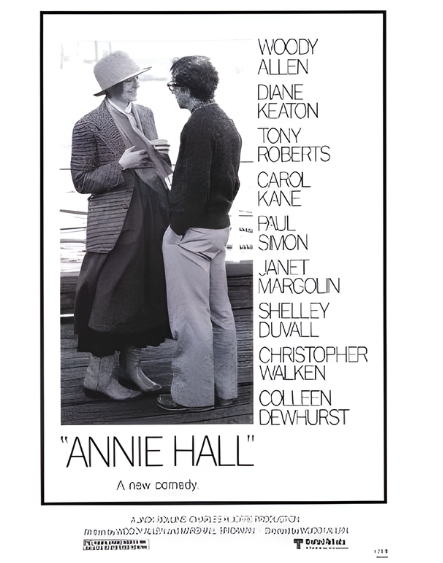
3. The ‘Annie Hall’ Revolution
Keaton’s collaborations with Woody Allen yielded eight films, but “Annie Hall” was the lightning strike. Allen drew directly from her mannerisms and slouchy, androgynous style to create Annie a character both self-deprecating and sharp, fully realized beyond the male lead’s gaze. The role won her the 1978 Best Actress Oscar, with her acceptance speech distilled into a simple, “This is something.” As critic Vincent Canby observed, “Her Annie Hall is a marvelous nut,” and she became the blueprint for a new kind of romantic heroine.
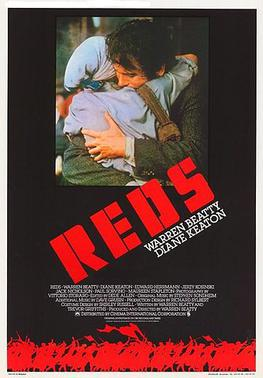
3. Broader Range with ‘Reds’ and Beyond
In Warren Beatty’s “Reds,” she was the feminist journalist Louise Bryant and added grit to a grand-scale historical epic. Though she confessed to feeling dislikable in the part, the performance netted her another Oscar nomination. Her range from comedy and farce in things like “Interiors” and “Shoot the Moon” defied typecasting.
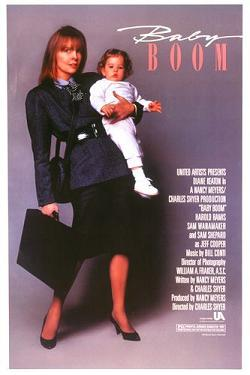
4. Recreating the Older Female Lead
Where the studios tend to put women on the sidelines after the age of forty, Keaton flourished. In the late ’80s and early ’90s, in films like “Baby Boom,” “Father of the Bride,” and “The First Wives Club,” she was the contemporary screwball heroine: Women in the midst of professional and romantic revolutions and maintaining their sparkle and toughness. Her perennial partner, writer-director Nancy Meyers, described Keaton thus: “She goes deep she made everything better. Every set up, every day, in every movie, I watched her give it her all.”
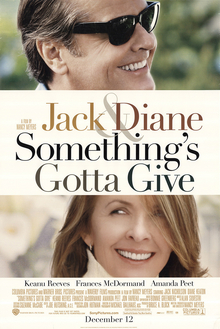
5. Something’s Gotta Give and Late-C
Keaton starred in the 2003 romantic comedy “Something’s Gotta Give,” in which she coexisted with the charmingly flawed music executive portrayed by Jack Nicholson. The film was a then-rarity in older-age romantic comedies that didn’t compromise intelligence and sensuality. Meyers recalled her “sometimes spin in a kind of goofy circle before a take” in an attempt to shake off anything she wished to shed and be completely in the moment. The part brought Keaton her fourth acting nomination for an Oscar and emphasized her ageless beauty.
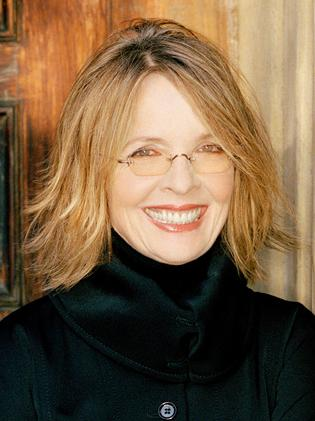
6. A Singular Style and Spirit
Keaton’s aesthetic men’s neckties, bowler hats, large blazers was part signature, part laugh. She lived life in her own way, single and proud, and in a 2019 interview with People magazine, defended, “I don’t think it would have been a good idea for me to have married, and I’m really glad I didn’t.” Friends and colleagues referred to her as warm, inviting, and generous, a contrast from so many with grand aesthetic plans. In the opinion of one adorer, Woody Allen: “Unlike anyone the planet has experienced her face and laugh illuminated any space she entered.”
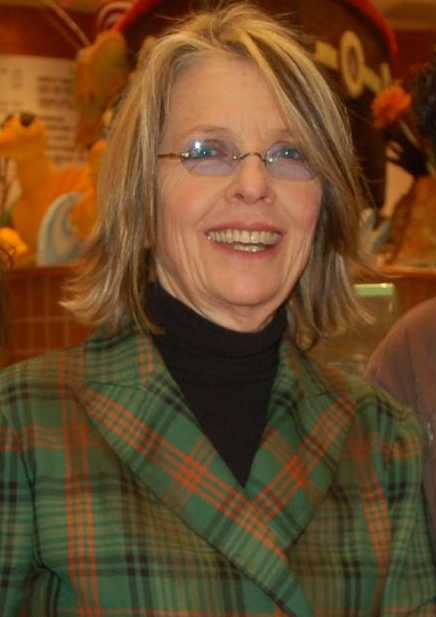
7. Legacy in Hollywood’s History
Keaton’s career followed the evolution of the female protagonist from the 1970s onward transitions from lovers and muses to complete, independent protagonists. She broke the mold of the “three female roles” stereotype, and proved that passion, humor, and intelligence were possible in characters regardless of age. She can be traced in the innumerable performances from contemporary women actors that embrace complexity over stereotype.
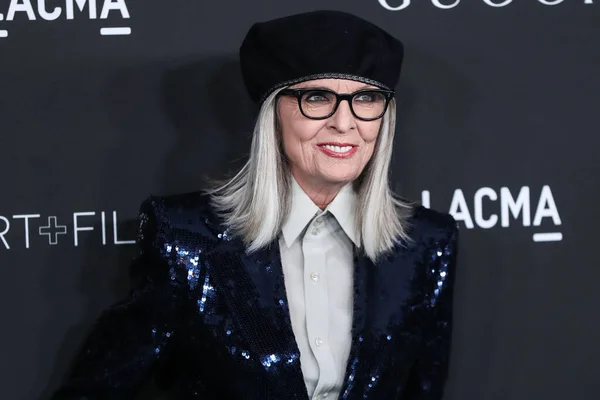
8. Beyond the Screen
She also branched out into direction, photography, and writing, including her memoir “Then Again,” which combined her own narrative with the text from her mother. She also adopted two sons, Dexter and Duke, in the 50s and frequently described the exhilaration they brought. Even in parts that were less than fully suitable for her talents, simply by being in the play, she lifted the material.
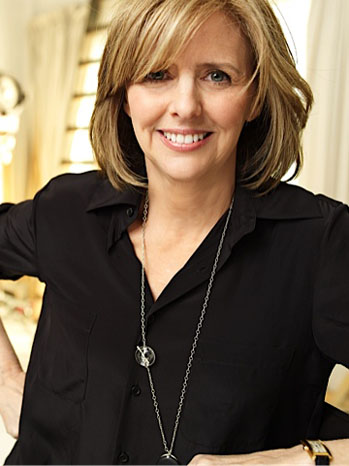
Keaton’s death bequeaths a less boisterous world, but her work stands a gallery of messy, magnetic, and authentic women. In the words of Nancy Meyers, with which we and so many others wholeheartedly agree: “She was like nobody ever, she was born to be a movie star, her laugh could make your day.” And for audiences, that laugh persists.


